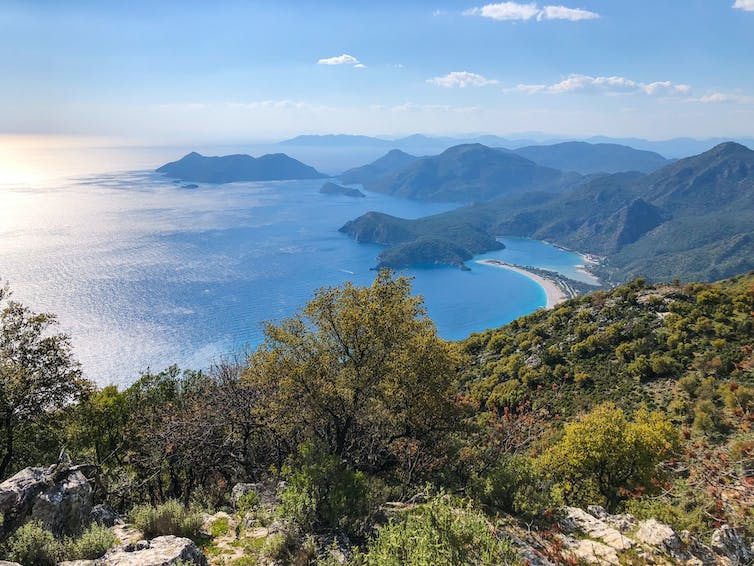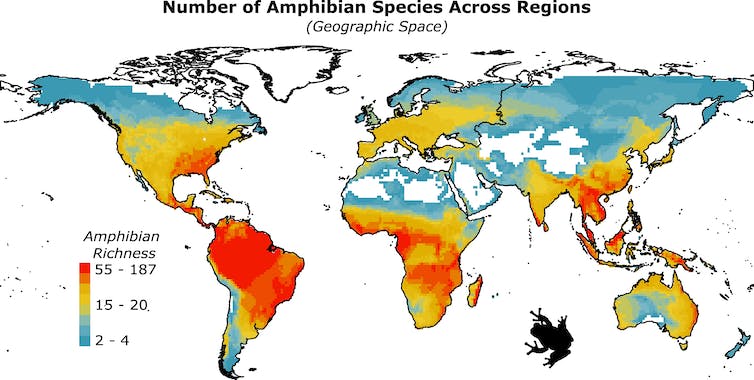Life exists in every conceivable environment on Earth, from the peaks of towering mountains to the remote stretches of isolated islands, from sunlit surfaces to the darkest depths of the oceans. Yet, this intricate tapestry of existence isn’t spread uniformly.
For centuries, scientists have marveled at the extraordinary variety of species exhibited in tropical regions. The breathtaking biodiversity of the Amazon rainforest, the teeming life in Madagascar’s unique ecosystems, the species-rich cloud forests of Costa Rica – the tropics showcase nature’s opulence.
What makes the tropics so incredibly diverse?
Since the dawn of biodiversity studies, scientists have believed the predominant factor is climate – the long-term patterns of temperature, precipitation and other atmospheric conditions. Thinkers like Alexander von Humboldt set the stage in the early 19th century with their keen observations, highlighting how life-rich regions often shared certain climatic features. Fast-forward to the present, and scientists confidently correlate climate with biodiversity. Simply put, hotter, wetter, resource-rich regions are veritable cradles of life.

The Mediterranean climate is named after where it occurs in Southern Europe, but similar isolated conditions are scattered across the globe in parts of California, central Chile, the Western Cape of South Africa and southwestern Australia.
bodrumsurf/iStock via Getty Images Plus
Some climatic conditions spread across vast landscapes, while others appear fragmented, resembling isolated islands amid varying climates. This difference raises an intriguing question: Is an area’s biodiversity solely due to its climate? Or do the size and relative isolation of these climatic pockets influence the richness and abundance of species that thrive within them?
We are part of an international, interdisciplinary team interested in the puzzle of how the geography of climate and the global patterns of species diversity fit together. Geography of climate is a bigger part of the biodiversity picture than previously assumed, according to our study findings recently published in the journal Nature.

Researchers commonly consider the geographical distribution of species, as displayed on this map highlighting the number of amphibian species across various regions of the world.
Marco Túlio Pacheco Coelho
Unraveling the geography of climate
Historically, to study global biodiversity patterns, researchers divided the world into equal area grids and counted the species in each square.
Our study diverged from conventional methods. Instead of focusing solely on specific geographical locations, we centered our attention on the unique climate profiles of regions. Essentially, we weren’t just looking at plots on Earth but every place that shared a particular set of climatic conditions. We then classified these conditions globally and…



